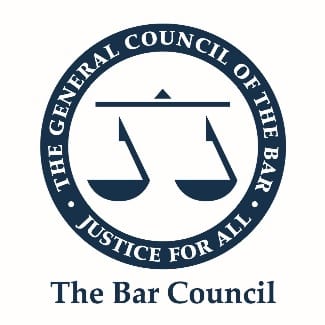ARQ v YAQ [2022] EWFC 128
Judgment date: 19 May 2022
https://caselaw.nationalarchives.gov.uk/ewfc/2022/128
Moor J. H was a highly successful retired businessman. He married W in 2005 in what was an entirely conventional second marriage. Alongside a significant portfolio of assets, H owned a sheep and cattle farm in Country C, named 'BT'. In 2010, the parties moved to England to live in their newly acquired property, 'NN'.
In 2017, Mr P at firm M advised H that provided he transferred his assets, worth c.£80mil, to W before he became domiciled in England, the assets would escape UK IHT. It was then intended that after a suitable lapse of time, W would place the assets into a discretionary trust in Jersey. H averred that he received advice that he could be added as a beneficiary of the trusts after they had been established and then benefit from them. Further tax planning also took place in relation to BT, in which the profits accrued were used to acquire 'A' non-voting shares in the business in W’s name to avoid those profits being taxed.
It was H’s position that the magnetic feature in this case was the non-matrimonial wealth brought into the relationship by H, which he said exceeded the current value of the assets if uprated for inflation. H asserted that the case should have therefore been dealt with on the basis of W’s reasonable needs, generously assessed. H also advanced an add-back argument to penalise W for her wanton and excessive spending since the breakdown of the marriage. In contrast, it was W’s position that the marriage was a partnership, and the assets were matrimonial from the very outset. Specifically, the transfers to W in early 2017 made those assets her separate property, as there could not have been any reserved benefit to H unless he was attempting to defraud HMRC.
Held: BT was not matrimonialised as it was purchased before the marriage and had remained the same throughout the marriage. NN was matrimonial property due to the central part it occupied in the marriage. Moor J rejected the suggestion that the portfolio of assets transferred to W in 2017 became W’s separate property, finding instead that these were to be treated as matrimonial property. The shares in the farming business also became matrimonial as a result of placing the 'A' shares in W’s name.
Although J agreed that W had spent at a remarkable rate, he could not describe spending on either side as wanton dissipation. He therefore, ignored all add-back arguments and dealt with the case on the basis of actual assets rather than notional ones.
Moor J was careful not to ignore what Mr Bishop, counsel for H, called the 'magnetic feature' of the case, namely the pre-marital origin of most of this sum. Consequently, he found the matrimonial assets to total £112,631,062, a figure containing two categories, those that can be described as the matrimonial acquest, and those that were matrimonialised by the tax planning exercise. Overall, J decided that the appropriate division was 34% to W and 66% to H. J found that there was no need to undertake a needs assessment in this case due to the large sums awarded. J ordered H to transfer NN to W, and W to transfer her 'A' shares to H.





